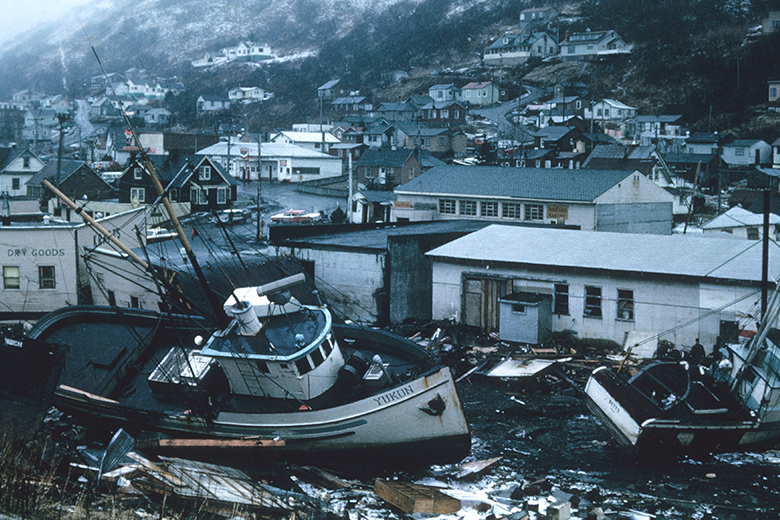Most estimates agree that the tsunami waves that occurred after the earthquake in Japan on March 11, 2001, traveled through the Pacific at more than 800 km per hour, a speed that is close to that of a passenger plane.
It would seem impossible to calculate the devastating effect of such a phenomenon on landfall, but in the UK there is a simulator to recreate it, with the main purpose of reducing the damage of future natural events.
It belongs to the research firm HR Wallingford, whose headquarters is near the town of Oxford, in the United Kingdom. It consists of a channel 70 meters long by 4 meters wide, which uses 70,000 liters of water to recreate what happens in a tsunami. And the Environment Agency of that country uses the results of the studies carried out in that immense infrastructure to determine flood prevention and mitigation actions.
Although it is a centuries-old problem in populated centers around the world, current climatic conditions generate greater concern in this regard.
The United Nations warns of an increase in floods on the five continents due to the increase in temperature due to global warming, which by generating greater evaporation from the oceans produces more precipitation.
There is no standard way to deal with these natural risks, but technology is undoubtedly a great ally. Quito, for example, maintains a risk prevention system that includes television inspections to monitor the state of collectors and sewer networks.
According to data from the Metropolitan Public Water and Sanitation Company (Epmaps), the information is transmitted through a robot, which sends the signal from the inside to a vehicle equipped with audio and video. There an operator can identify in detail if there are cracks, leaks or obstructions.
They also have the Power BI platform, which is a historical viewer of accumulated precipitation in 24 hours. This makes it possible to identify the amount of water registered in the 35 weather and rainfall stations installed in the city.
It also operates the remote platform ParamHo, which, among other functions, facilitates the visualization of the weather conditions in the capital through graphics in real time.
All this is complemented by the radar network of the National Institute of Meteorology and Hydrology (Inamhi), which provides data in near real-time on the behavior of the atmosphere in Quito. Together with the satellite images, they are the input of the Metropolitan Emergency Operations Center for its reports on rain alerts that could affect the city.
In the European Union, prevention and risk actions are implemented that include metal and glass bars on the banks of rivers that cross populated areas, all according to the structure of the soil, with investments of millions of euros.
However, there are ‘low cost’ initiatives that give good results. In Peru, since 2016 a prototype weather monitoring station has been used in the Chosica area. It uses containers to collect rain obtained from 3D printers, an open source data collection program and solar panels to guarantee energy supply.
And in Nepal, an early warning system via text messages promoted early evacuations that saved hundreds of lives during the monsoons of 2017 and 2018.

